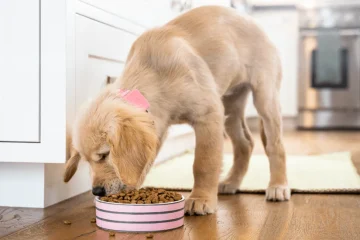Pet-friendly Artificial Turf Installation
The installation process is key to promoting effective drainage. Without proper installation, the synthetic turf may be at risk of trapped rainwater and pet waste, leading to various issues. These can include unpleasant odors, mold, and bacteria growth. Poor drainage also increases the risk of damage to the turf, leading to premature wear and tear. Here’s how to prepare your yard for a pet-friendly artificial turf installation:
Consultation, Design, and Sub-base Preparation
An installer will meet with you and listen to your vision and goals. They will address factors such as the size of your animals and the amount of time they will likely spend in the pet area. The installer will also inspect the current space and any challenges, such as slopes, uneven surfaces, or pooling water. This allows them to make sure any dips or slopes are leveled and that water will flow away from your turf. They will then design and prepare the sub-base, which includes clearing the area and removing any existing sod.
Methods for Drainage
Some installers incorporate a border of plastic lumber to prepare the surface and create an improved foundation for the turf. The addition of geotextile, a synthetic fabric that helps keep weeds and other growth from occurring, also helps. The installation then follows with a crushed layer of rock to allow for drainage and air movement. This layer also helps with pet waste control and cleanup.
Turf Layout
The layout phase requires the selected turf to be laid in position, allowing the installer to confirm the overall look. The turf will come in sections, and the installer helps connect them with specialized glue and tape to create a seamless appearance. Once the turf is in place, the installer will trim any excess for the predetermined fit.
Infill and Securement
One of the final steps is to infill the turf. The infill material will fill the spaces between the grass blades, preventing unwanted expansion or contraction. It is generally best to avoid using organic infill materials such as wood chips. These materials may decompose, trap moisture, and attract pests. Installers can use coated sand instead. This infill choice also helps keep turf fibers upright after being stepped on by people and pets. The final step is to secure the turf to the surrounding border of plastic lumber. A combination of staples or screws will make sure there are no tripping hazards, allowing pets to run and play safely within the pet area.
Benefits for Pets
High-quality artificial turf will keep its color longer regardless of how many pets you have. It can withstand harsh weather conditions and pet nails across its surface. During warmer seasons, the infill helps keep the grass cool for your pet’s comfort. Pests and other insects tend to avoid synthetic grass, helping prevent the spread of disease to your pets. The turf also minimizes dirt and mud accumulation, so your home can remain clean despite the climate.
Contact an Artificial Turf Installer for Your Pet Area
A professional installer can create the right sub-base to make sure there’s proper drainage for your artificial turf. This will allow your pet to roam the space without tracking mud or pests into the home. It also provides a low-maintenance solution for a functional and pet-friendly space. Additional benefits include odor control, comfort, and disease prevention. Contact a turf installer today to review options for your yard and pet.




